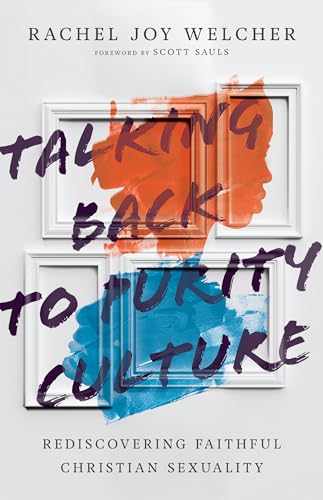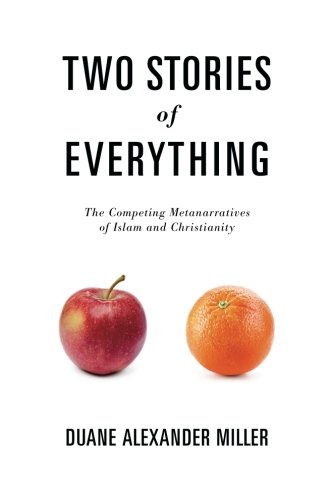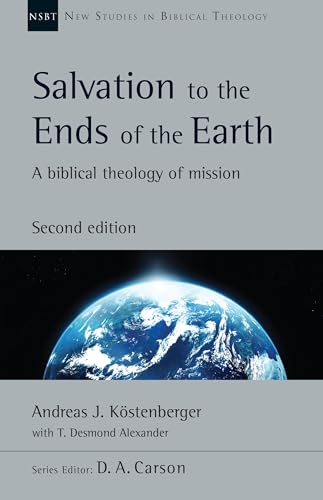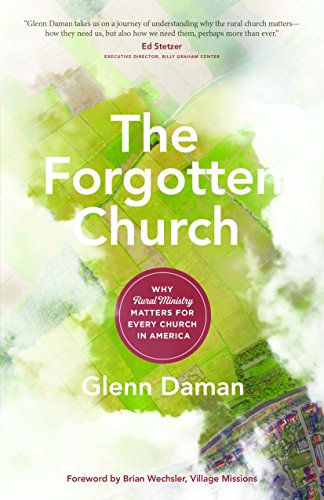Historical Theology for the Church
Written by Jason G. Duesing and Nathan A. Finn, eds Reviewed By Jonathon D. WoodyardThe value of historical inquiry has not been lost on men and women through the ages. Learning from the past helps us to understand our present better and move more helpfully into the future. It was C. S. Lewis who reminded us that one “who has lived in many places is not likely to be deceived by the local errors of his native village; the scholar has lived in many times and is therefore in some degree immune from the great cataract of nonsense that pours from the press and the microphone of his own age” (The Weight of Glory and Other Addresses, reprint ed. [San Francisco: HarperCollins, 2001), 58–59). To help Christians live in many places and times, so that they might live faithfully in the present and future, Jason G. Duesing (Midwestern Baptist Theological Seminary) and Nathan A. Finn (North Greenville University), both respected Baptist historians, have assembled a group of historians capable of introducing a generation of Christians to the discipline of historical theology.
To accomplish the task, Duesing writes an introduction that sets the stage. Paying attention to past definitions of historical theology provided by Jaroslav Pelikan, Alister McGrath, and Gregg Allison, Duesing defines historical theology as “the study of the development of Christian doctrine and tradition from the Bible by the church and for the church” (p. 6). The definition is relatively good, making it clear that historical theology focuses on the development of doctrine. Yet, Duesing could strengthen the definition by clarifying what he means by “from the Bible.” Regardless, after defining the discipline, Duesing shows how historical theology differs from other theological disciplines. Even though historical theology is different from other disciplines, it is also intimately related. He helpfully notes that rather than competing with other disciplines, historical theology comes alongside and functions “as a friend” to exegesis, biblical theology, systematic theology, and church history (p. 14). Concerning church history, Duesing describes the distinction between the two this way: “Church history reviews the history of the theologians; historical theology investigates the theologian’s ideas” (p. 3). In short, church history focuses on events, institutions, and dates, while historical theology is primarily ideological. Of course, the two disciplines overlap and are not easily separated.
After defining historical theology and providing historical orientation to the discipline, Duesing offers a list of characteristics that should mark historical theology. If the discipline will serve the church in the future, it will (1) uphold the primacy of the Bible, (2) uphold the two Greatest Commandments, (3) aim at helping accomplish the Great Commission, (4) offer friendly support to other theological disciplines, and (5) aim to serve the church. Thus, as historical theologians lean into these five characteristics when they trace the development of doctrine, they will “bring out the treasures from the doctrines of history and serve [churches] as the Lord’s remembrancers” (p. 20).
After introducing historical theology and offering a blueprint for pursuing the discipline for the sake of churches, the book traces certain doctrinal developments throughout the patristic, medieval, Reformation, and modern eras. Duesing and Finn follow commonly used periodization and then choose several doctrinal loci to focus on throughout the book. As the reader marches through the various sections, essential doctrines are discussed, such as the Trinity, the person and work of Jesus, the doctrine of salvation, ecclesiology, Scripture and tradition, and other topics. Helpfully, doctrines that find significant debate in multiple ages are picked up chapter by chapter, allowing the reader to follow the theological development across the centuries. For example, the debates over the relationship of Scripture and tradition have never been confined to the patristic era. Therefore, this topic is discussed in the patristic, medieval, and Reformational sections. In contrast, when a doctrine is not significantly debated in every era, it is relegated to the age where it rose to the top of the theological fray (e.g., the Trinity is left to the patristic era and only picked up again by Matthew Hall in the modern era).
Finn concludes the book by offering thoughts on how historical theology can offer “ministerial value” (p. 387). He suggests that historical theology can (1) “inform the devotional lives of believers and the liturgical lives of churches” (p. 387); (2) “inform the preaching of the Word” (p. 388); (3) “inform systematic theology” by helping Christians know “what the church has said about a doctrine” (p. 390); and (4) “inform ongoing debates about faith and practice” (p. 390). When historical theology is employed as suggested by Duesing at the beginning and undertaken in a way demonstrated by the various authors in this book, we should come to see that “historical theology is no mere academic discipline but is a gift to the body of Christ” (p. 391). Indeed, it is a gift that, to quote Lewis again, might just help us prove “in some degree immune from the great cataract of nonsense that pours from the press and the microphone of his own age.”
In conclusion, Duesing and Finn have put together a clear and concise introduction to historical theology. The chapters not only provide helpful overviews of various debates but provide case studies that show the way debates unfolded in real situations. Yet, the book does not leave the academic descriptions in the abstract. Instead, each chapter labors to show how the subject matter matters for the church today. While reading the book, I was reminded of John Calvin’s caution to pastoral candidates at the Genevan academy not to study the Bible or theology for the sake of mere entertainment, but to serve the church. I hear echoes of that Reformation sentiment throughout this volume. As we study historical theology, our aim is not merely personal curiosity and enjoyment (though it is enjoyable, indeed!), but to grow in our knowledge of the past to serve the bride of Christ in the present and the future.
Jonathon D. Woodyard
Jonathon D. Woodyard
Bethlehem College & Seminary
Minneapolis, Minnesota, USA
Other Articles in this Issue
Exclusion from the People of God: An Examination of Paul’s Use of the Old Testament in 1 Corinthians 5
by Jeremy Kimble1 Corinthians 5:1–13 serves as a key text when speaking about the topic of church discipline...
Is it possible to speak of a real separation between Jewish and Christian communities in the first two centuries of the Christian era? A major strand of scholarship denies the tenability of the traditional Parting of Ways position, which has argued for a separation between Christians and Jews at some point in the second century...
A Tale of Two Stories: Amos Yong’s Mission after Pentecost and T’ien Ju-K’ang’s Peaks of Faith
by Robert P. MenziesThis article contrasts two books on missiology: Amos Yong’s Mission after Pentecost and T’ien Ju-K’ang’s Peaks of Faith...







